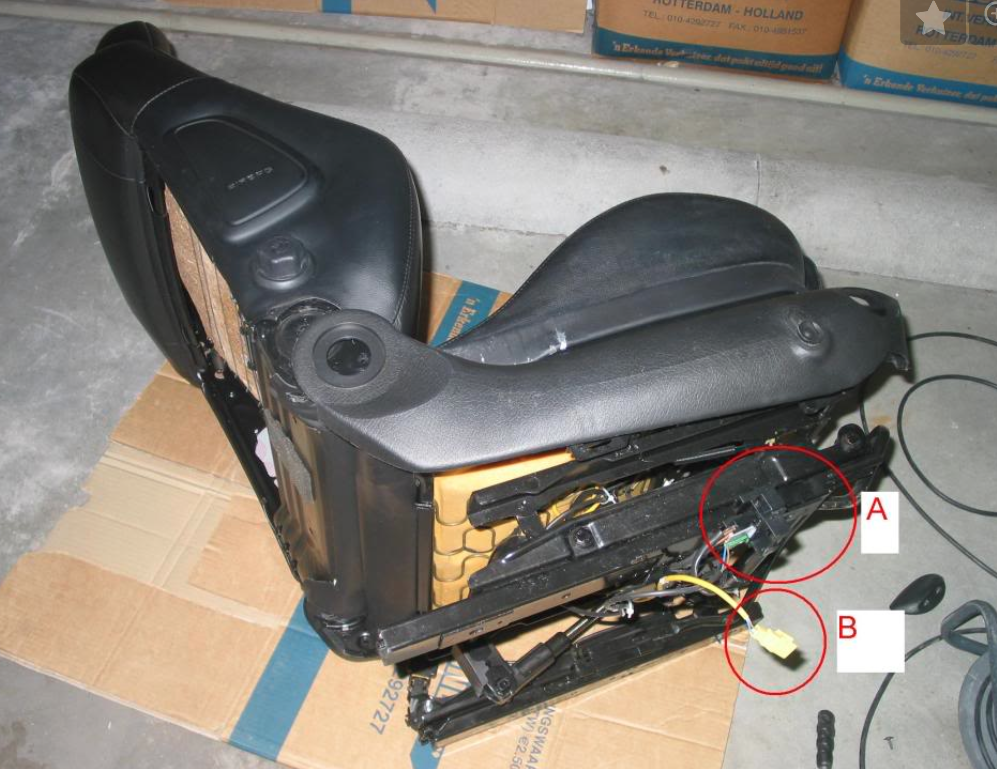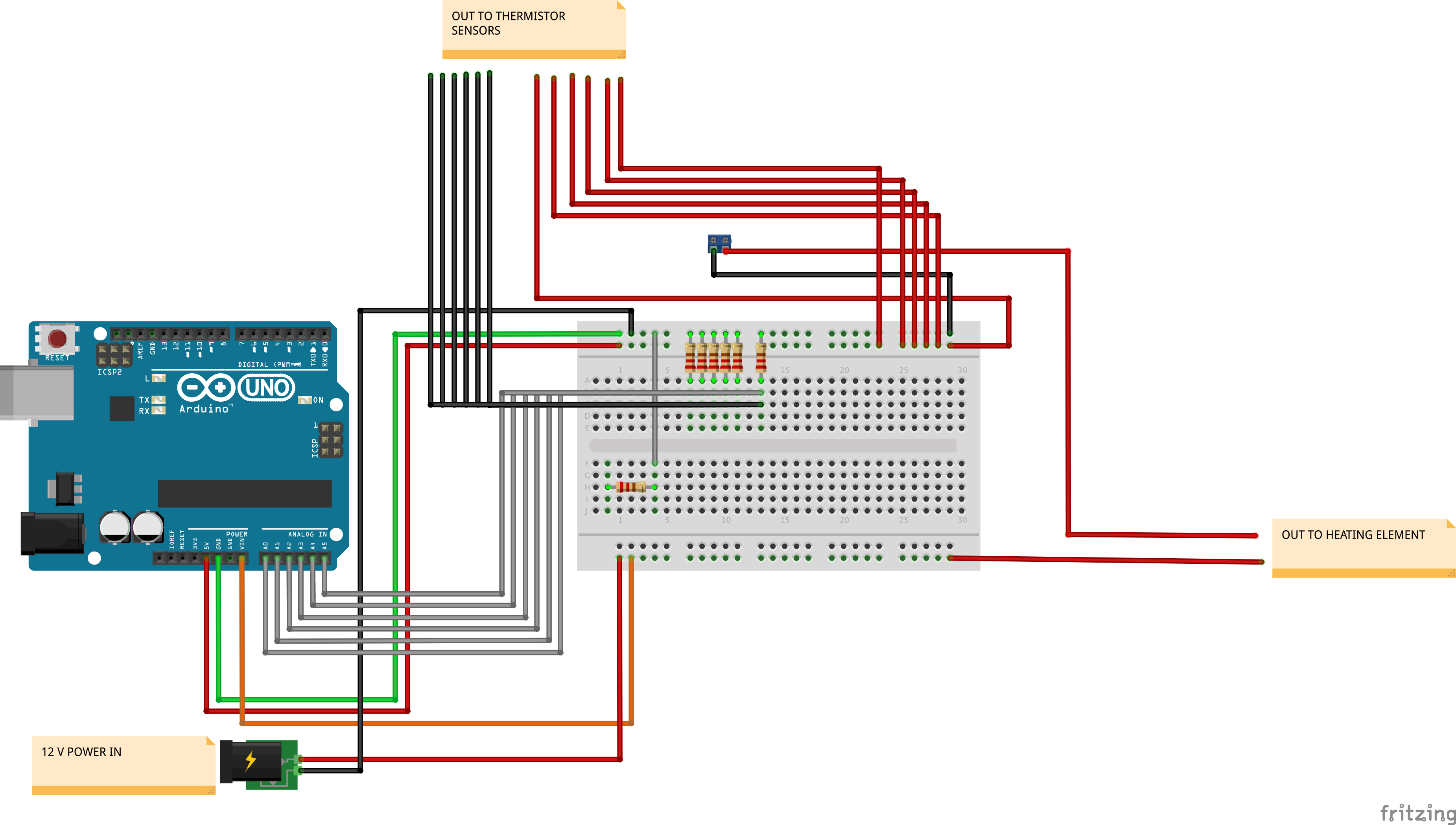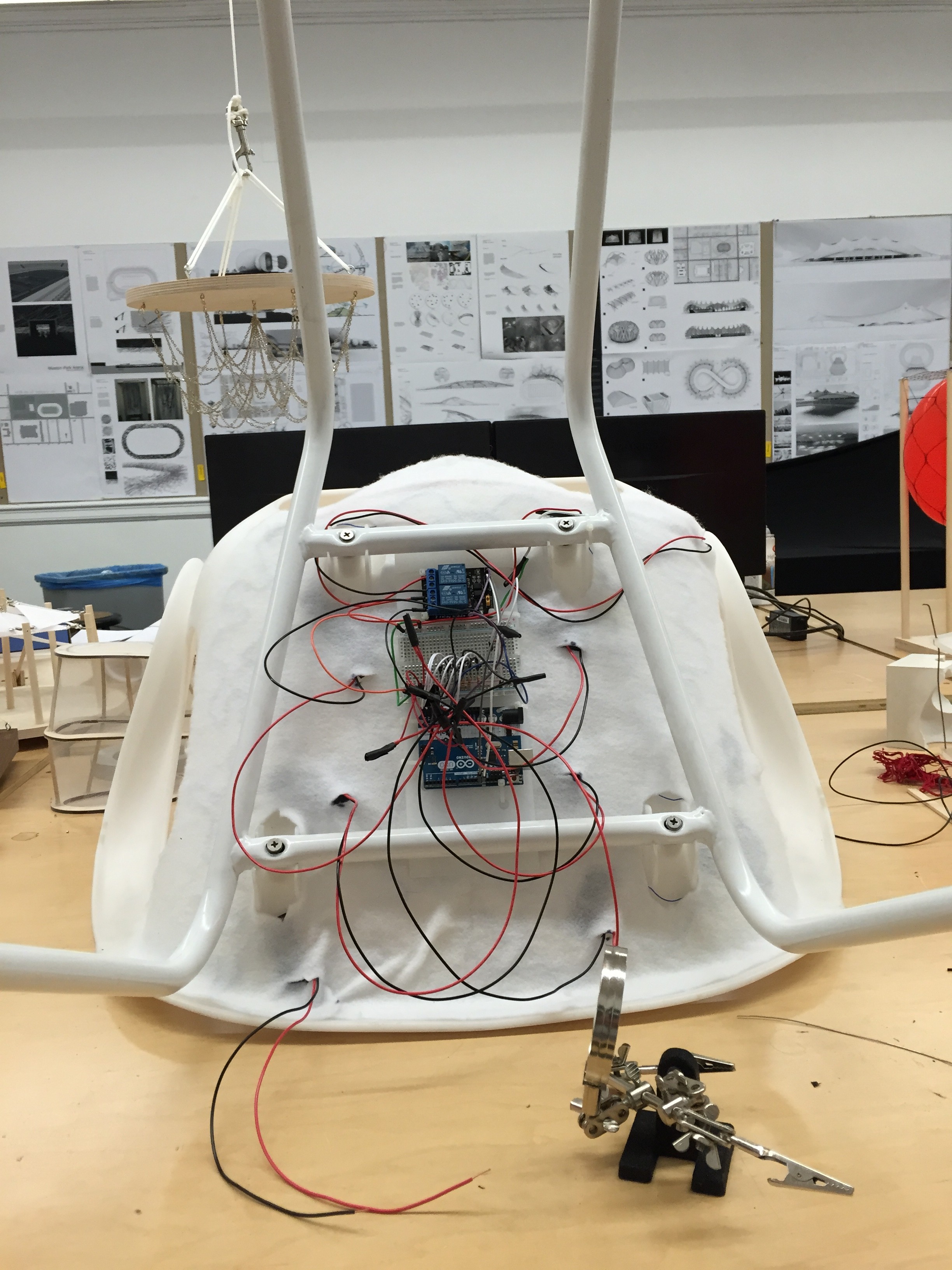Hot Seat is a project that elicits an atmospheric control of a gathering space, not within a building. A Yale professor, Michelle Addington has worked in this area with high success, and unique results. As a patron of a sporting event, one expects to see their team compete, however the accommodation factors of contemporary arenas are becoming higher and higher. This is what I have found to believe is a reason to keep people paying some of the most expensive entertainment per hour rates going comfortable and happy. Being at the geographical location of Buffalo, NY brings about the challenge of maintaining this level of hospitality at a large scale uncovered arena in the middle of December or January. Hot Seat attempts to bring a solution to the issue of spectator comfort for an open air space.
During these colder months of the season, the chair of an arena would be warmed by a 24 gauge coated aluminum heating coil embedded within the plastic or wood of a riser mounted unit.
How it works
Temperature readings are taken at the surface of the seat, by using a thermal resistance factor collected by an array of thermistors, which are then wired back to an Arduino Uno board. Processing this information requires that a range of values be found through a processing software, and that are to be associated with realistic conditions at two extremes. By using an array of thermistors, I am able to generate an average thermal resistance across a greater area more accurately. This will in turn, produce a more uniform value to signal to the heating element.
Through the Arduino serial monitor, I found resistance factor in the range of 900-930 which would be adequate for initiating the heat sequence in this application. These values correlate to fahrenheit values between 30-110. By setting a low threshold, I am ensuring that the seat does not overheat and become uncomfortable.
Heating Elements
The challenge then became what heating system should be used for A hunt began to find heating elements that could be used in this application; eventually, I came across a 1997 Cadillac STS vehicle seat. The heating elements in this chair were 24 gauge coated aluminum wire, which were wired in series back to a relay, initiation switch console and main power leads that travelled back to the main 12 volt power supply.
Above: A – Seat Controls Power Line-in
B – Seat Heating Element Power Line-in
Electrical Schematic Drawing of Circuit
Since this system was intended to be run from a 12 volt power supply, a relay switch and an external DC power supply was required to power the heating coil. This system incorporates a variable AC to DC power inverter which was first tested at 5 volts directly from the Arduino board, and then stepped up to 12 volts.
After much trial and tribulation, I discovered that the only important thing that was in the seat was the wire coil itself. It wasn’t a loss by going through this process, as I procured a pre-coiled wire that took the guesswork out of heat distribution.
Circuit Communication / Schematic Diagram
Code
—————————————
int reading;
int THERMISTORPIN = A0;
void setup(void) {
Serial.begin(9600);
pinMode(13, OUTPUT);
}
void loop(void) {
reading = analogRead(THERMISTORPIN);
reading = map (reading, 900,930,30,90);
Serial.println(reading);
Serial.println(“”);
delay(500);
if (reading<90) {
digitalWrite(13, HIGH);
}
else {
digitalWrite(13, LOW);
}
digitalWrite(13, HIGH);
}









